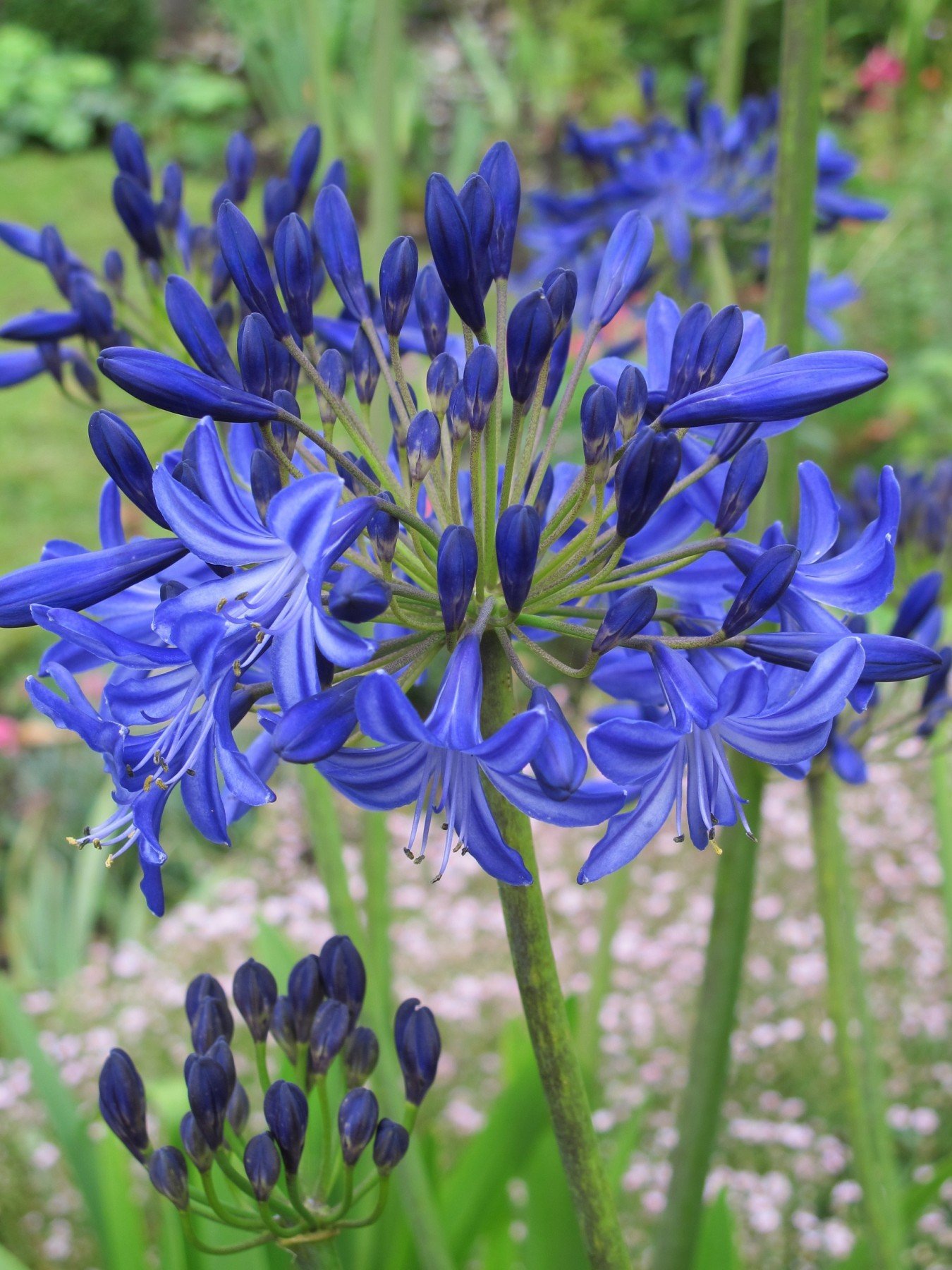Agapanthus Treatment Tips for Lush and Vibrant Flowers
Agapanthus Treatment Tips for Lush and Vibrant Flowers
Blog Article
Grasping the Art of Agapanthus Care: Vital Steps for Healthy Development and Vibrant Blossoms
In the world of gardening, the cultivation of agapanthus stands as a gratifying venture for those who seek to nurture these sophisticated flowering plants. From picking the right range to mastering trimming methods, the trip towards growing growing agapanthus plants is complex and holds the crucial to unlocking the full potential of these herb gems.

Selecting the Right Agapanthus Variety

When picking the right Agapanthus variety for your garden, consider variables such as environment suitability, bloom color, and development habit. Additionally, think about the environment in your area to make sure the Agapanthus variety you select can grow in your particular problems. Understanding the development routine of various Agapanthus varieties is vital for correct placement within your garden.
Suitable Growing Conditions
Taking into consideration the ideal ecological requirements is vital for effective Agapanthus growing. Agapanthus plants are sensitive to cold temperature levels and must be safeguarded from frost throughout winter months.
To make certain healthy growth and dynamic flowers, plant Agapanthus light bulbs at a deepness of regarding 2-4 inches and area them 8-12 inches apart. Adding raw material, such as compost, to the soil can enhance drainage and fertility, promoting durable root development. Mulching around the base of the plants helps keep dampness and reduces weed growth. Routine watering is important, particularly during the growing season, to keep the soil continually wet but not saturated.
Watering and Fertilizing Tips
Keeping correct dampness degrees and giving essential nutrients are key components in the treatment routine for Agapanthus plants. When it comes to sprinkling Agapanthus, it is important to strike a balance. These plants prefer regularly moist soil yet are vulnerable to root rot if overwatered.
Fertilizing Agapanthus is essential for promoting healthy and balanced development and prolific flowers. Use a balanced fertilizer, such as a 10-10-10 formula, in the early springtime as new growth emerges. By complying with these watering and fertilizing ideas, you can guarantee your Agapanthus plants flourish and generate dynamic, durable flowers.
Trimming Techniques for Agapanthus
Pruning Agapanthus plants at the proper times and with correct techniques is vital for preserving their health and promoting optimal development and flowering. The optimal time to trim Agapanthus is in late winter season or early spring before brand-new development emerges.
For flowered stems, wait until the blooms have perished and afterwards trim them back to the base. This not just cleans up the plant's appearance however additionally motivates the growth of brand-new blossom buds. Deadheading invested flowers can additionally reroute the plant's power into producing even more blooms instead than setting seeds. However, if you intend to accumulate seeds for propagation, leave some blossoms to fully grown and dry on the plant.
Bear in mind to use clean, sharp devices to make precise cuts and minimize the threat of introducing conditions. Agapanthus. Regular trimming will assist keep your Agapanthus looking cool and healthy and balanced while ensuring a bountiful display screen of gorgeous blooms
Handling Usual Pests and Illness
After guaranteeing appropriate trimming methods for Agapanthus, it is important to deal with usual bugs and illness that can impact the health and vigor of these plants. Agapanthus plants are normally durable but can still succumb to certain problems. One common parasite that influences Agapanthus is the Agapanthus gall midget. This small, orange fly lays its eggs in the vegetation, causing altered growth and flower buds that fall short to open up. To combat this website link pest, trim and ruin any type of afflicted plant parts and think about making use of insecticidal soap.
One more usual problem is fungal leaf area, which provides as dark lesions on the leaves. To avoid fungal illness, guarantee excellent air blood circulation around the plants, prevent above watering, and eliminate any kind of infected leaves promptly. Furthermore, Agapanthus plants can experience origin rot if they are grown in improperly draining soil. To stop this, plant Agapanthus in well-draining soil and stay clear of overwatering. By being vigilant and taking discover this info here prompt action against bugs and diseases, you can help your Agapanthus plants thrive and produce vivid flowers.

Verdict
Finally, understanding the art of agapanthus treatment includes selecting the right variety, giving ideal planting conditions, appropriate watering and feeding, suitable pruning methods, and addressing typical bugs and conditions. By complying with these crucial steps, you can make sure healthy growth and vibrant blossoms for your agapanthus plants. Bear in mind to routinely monitor and maintain your plants to advertise their general wellness and durability.
To make certain healthy growth and dynamic blooms, plant Agapanthus bulbs at a depth of about 2-4 inches and room them 8-12 inches apart. By following these watering and feeding pointers, you can ensure your Agapanthus plants flourish Website and generate lively, long-lasting blooms.
One common pest that influences Agapanthus is the Agapanthus gall midget. Furthermore, Agapanthus plants can endure from root rot if they are grown in badly draining pipes dirt. By complying with these crucial steps, you can make sure healthy and balanced growth and lively blossoms for your agapanthus plants.
Report this page